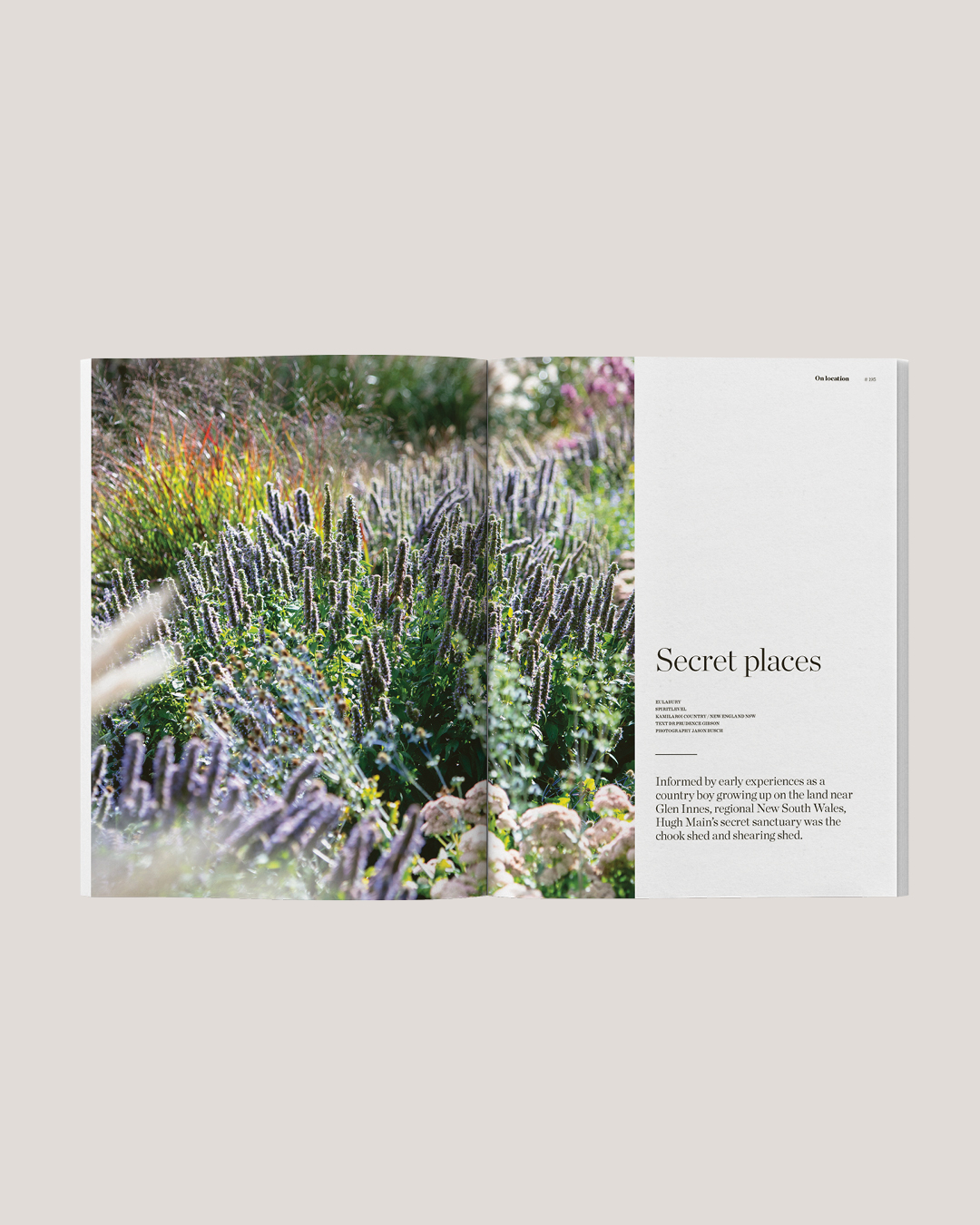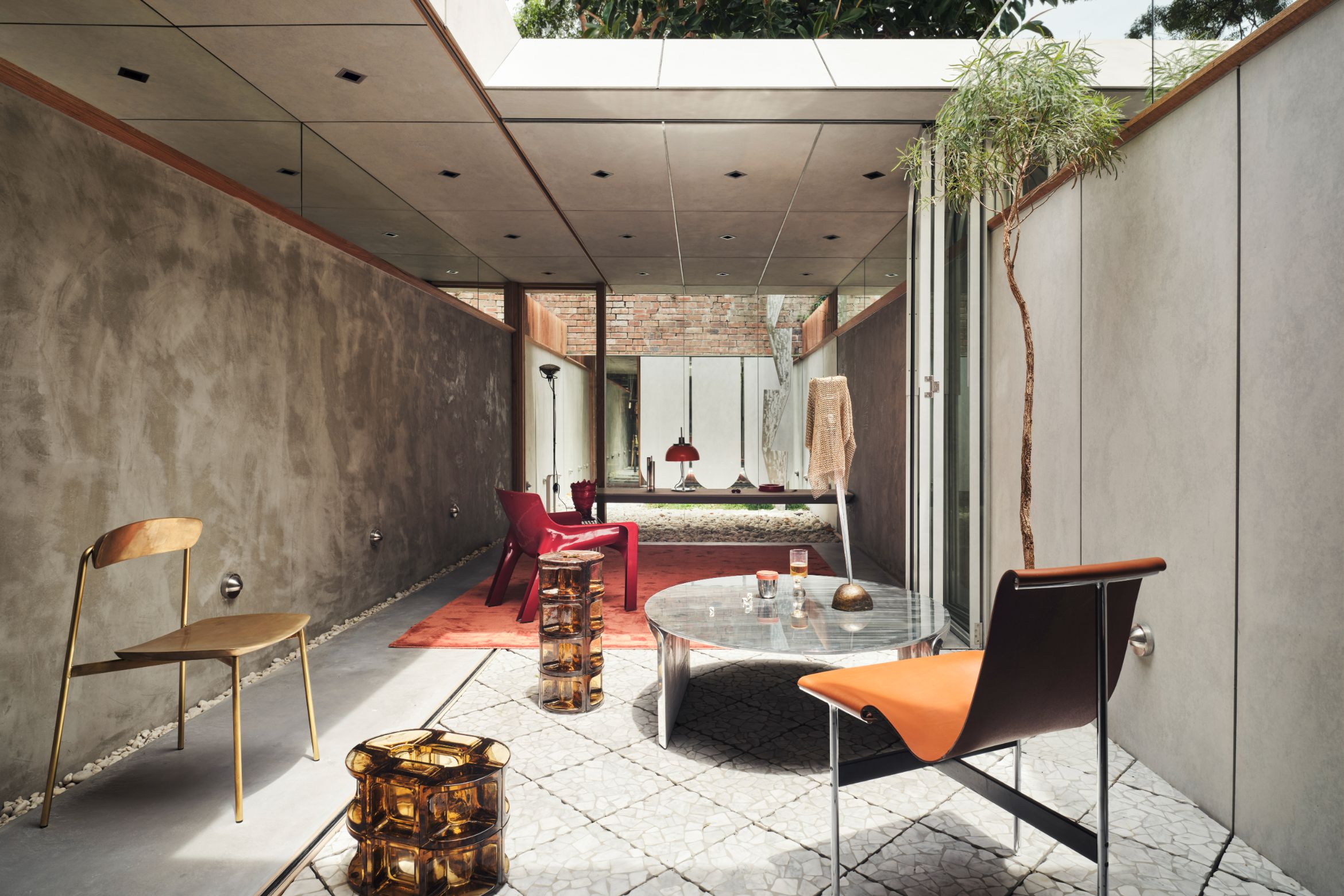Designed by Alcami Architecture and located in Chippendale, Sydney, Terrace House Mirage has been shortlisted as one of just 20 projects for the 2024 Winnings x Habitus House of the Year. Its diminutive size and budget make for a standout nomination and practice founder Victor Alcami’s approach demonstrates how a small project can pack a large conceptual punch.
“Aristotle describes how, when you put two concepts together and make a metaphor, that is the essence of creation,” says Alcami, who wastes no time before diving into the philosophy of his architecture. “The way I like to see architecture is that I like to play with concepts, so every single move in this project has a meaning – there is very little, if anything, left to randomness.”
Terrace House Mirage is first and foremost, then, an intricately woven fabric of widely varying references, inspirations and aims; it deliberately traverses past, present and future with touchpoints from architectural history, typology, memory, psychology and materiality. So, where does one begin unpacking this project?
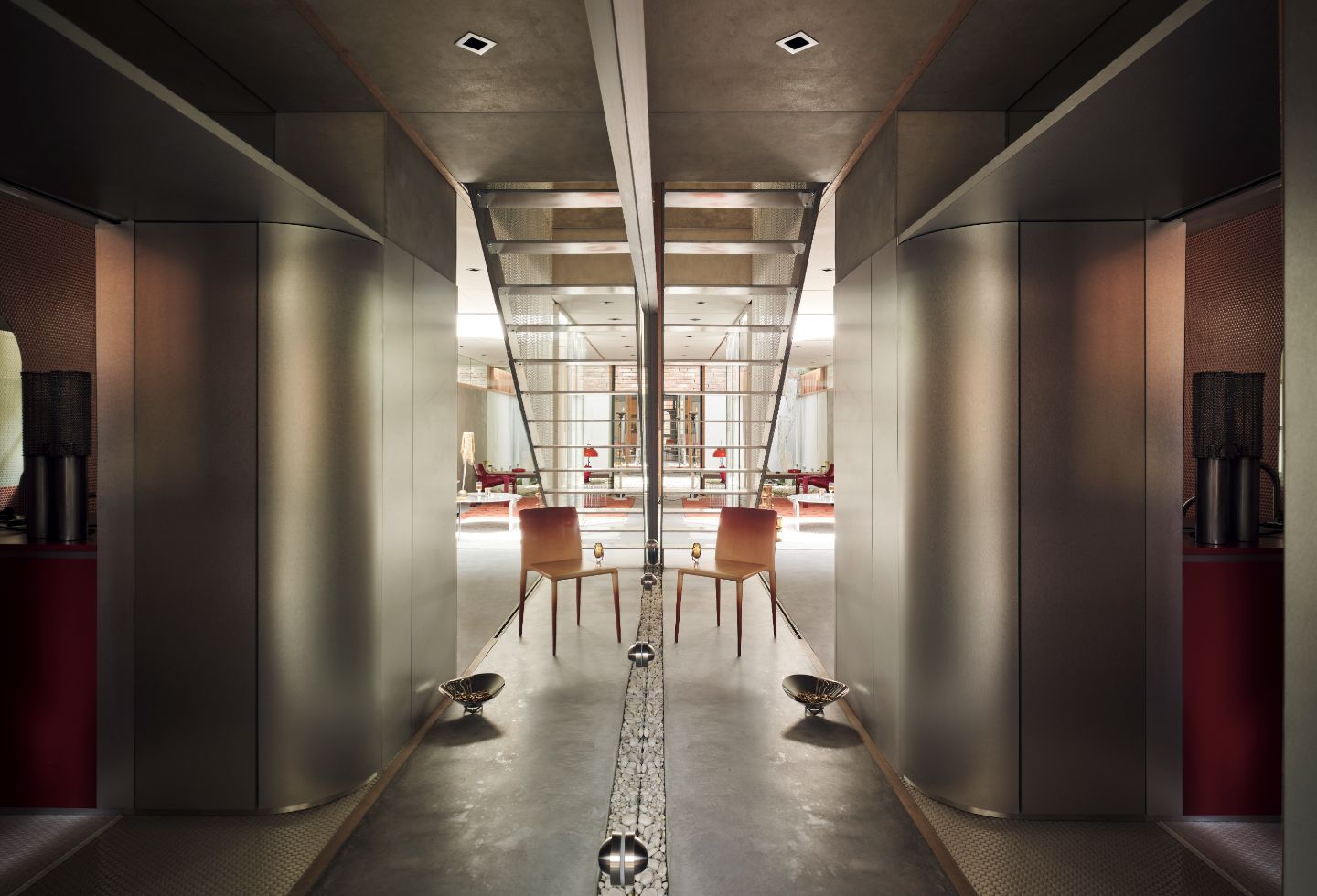
The terrace house typology is perhaps a good place to start. “Terrace houses work by repetition,” explains Alcami. “So, if I’m going to approach this project, then I’m going to approach the typology – this means that I’m not just designing one terrace house, but, on one level, I’m designing them all.” What Alcami is drawing attention to here is that a single design intervention always takes place in the context of a recognised type, or genre, and each new act of creativity has the potential to not only comment on the history of that type but also to set a precedent for further iterations in the future – “a style proposition and an invitation for students to find a way that is different,” as Alcami puts it.
Architecturally speaking, the dominant move is to turn, in effect, the whole ground floor into outdoor space. Alcami notes how the classic (Victorian) terrace house has three inherent problems – no real garden, lack of ventilation and natural light, and being constrained by two walls. In order to address these problems, he “designed the entire ground floor as if it was a garden… All the light fixtures are outdoor lighting, there’s an open courtyard and a feeling that you’re fully outside.” The courtyard space is openable, through the use of sliding panels and bifold doors. Meanwhile, another thoughtful piece of the outdoor puzzle is the considered perspectival framing of a tree sited just off the property.
Generous use of mirrors continues the theme of outdoor play, so to speak. With reference to Adolf Loos’ American Bar in Vienna, infinite reflections expand the perception of space. It’s part of a wider conceptual approach that revolves around “fantasy,” as well as playfulness and even a sense of surrealism. Alcami has attempted to ground these divergent and potentially runaway forces in the real personality of the client, whose mixed heritage includes Spanish and Arab influences.
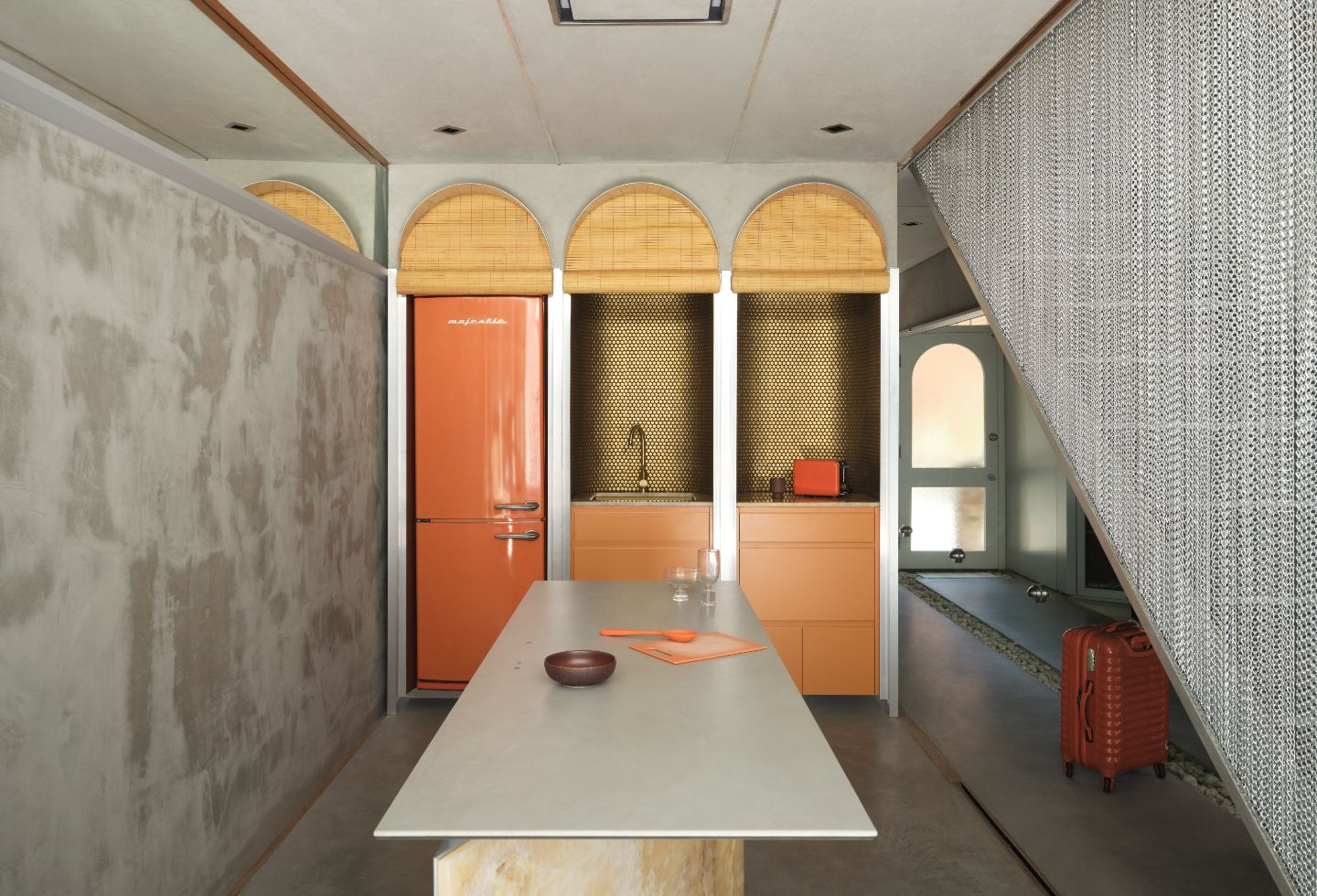
“I used the mosque of Córdoba as a reference, and that’s why there are arches in the house that are inspired by the interior space of that mosque,” explains Alcami. Although working on a totally different scale, Terrace House Mirage uses this formal language of arches to create a three-deep layering for an effect reminiscent of the beauty of North African mosque interiors. Further references to cultural memory include the roller blinds and chains, which are designed to evoke Spanish vernacular traditions, while the design is also notable for having removed any reference of spatial corners – a move that makes the spaces of the house feel larger. Moreover, orange is clearly a favourite colour and used throughout.
From industrial Chippendale to al-Andalus – from Aristotle and Gaston Bachelard to Adolf Loos and James Turrell – Terrace House Mirage is a deceptively rich project and a worthy nominee for Winnings x Habitus House of the Year 2024. “Elements of Spanish vernacular architecture, elements that reference Arabic architecture, and all put together inside a typology that is known as English but was designed for the Netherlands and Belgium originally; I use modernist features, interior design from Spain and Italy in the ‘70s and ‘80s – and all this together in Australia! Beyond the beautiful landscapes, the mix of cultures is what I think represents the richness we have in Australia,” concludes Alcami.
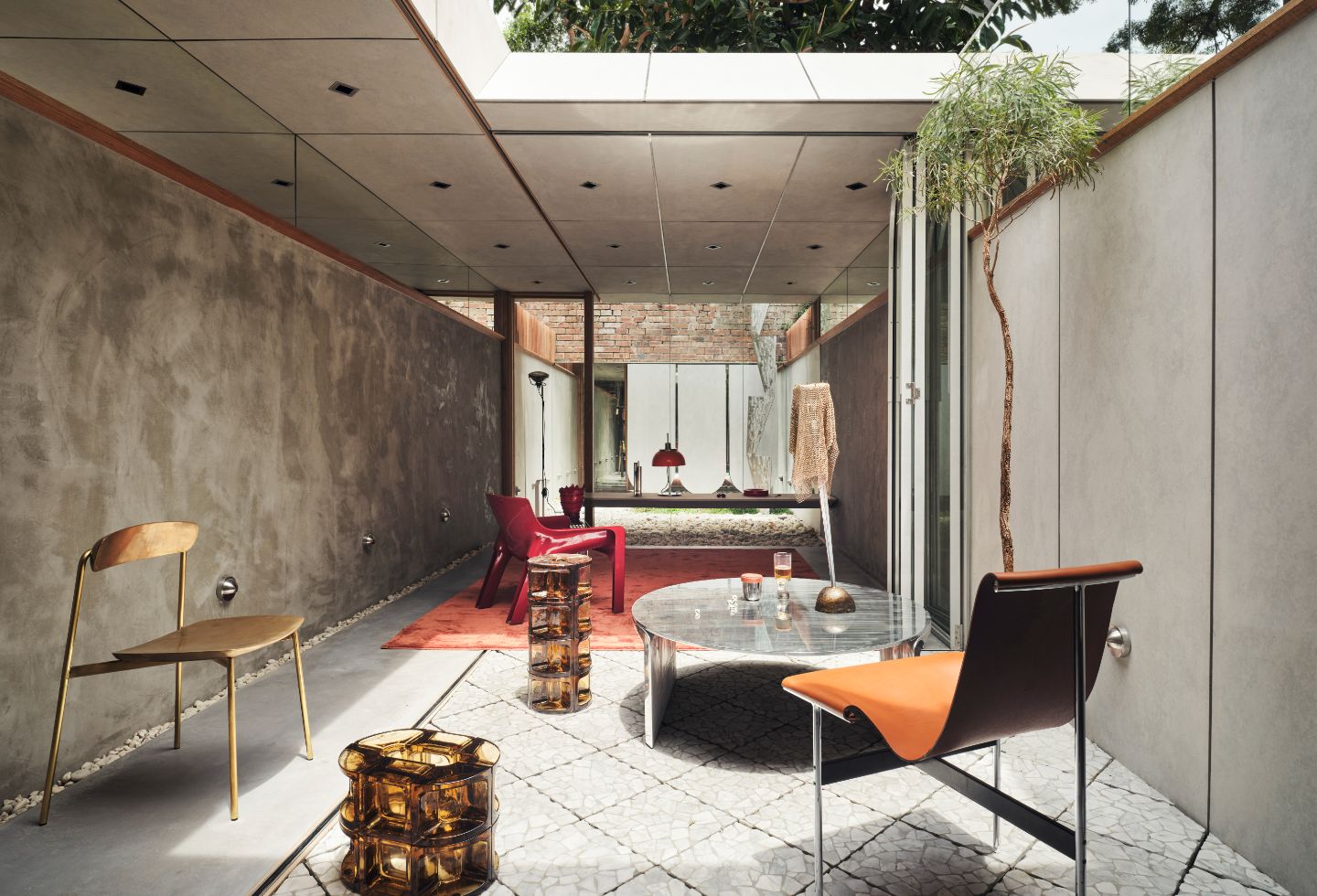
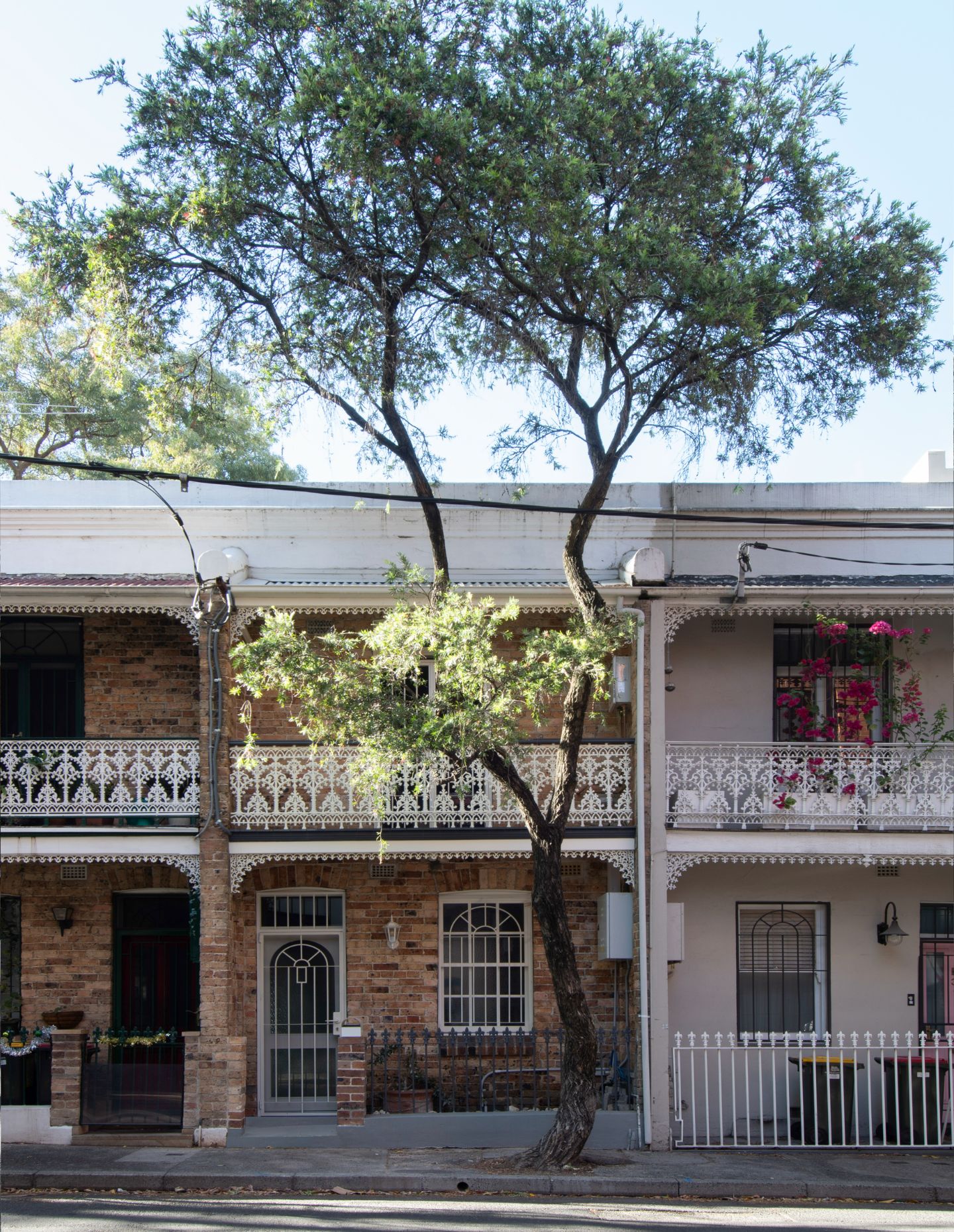
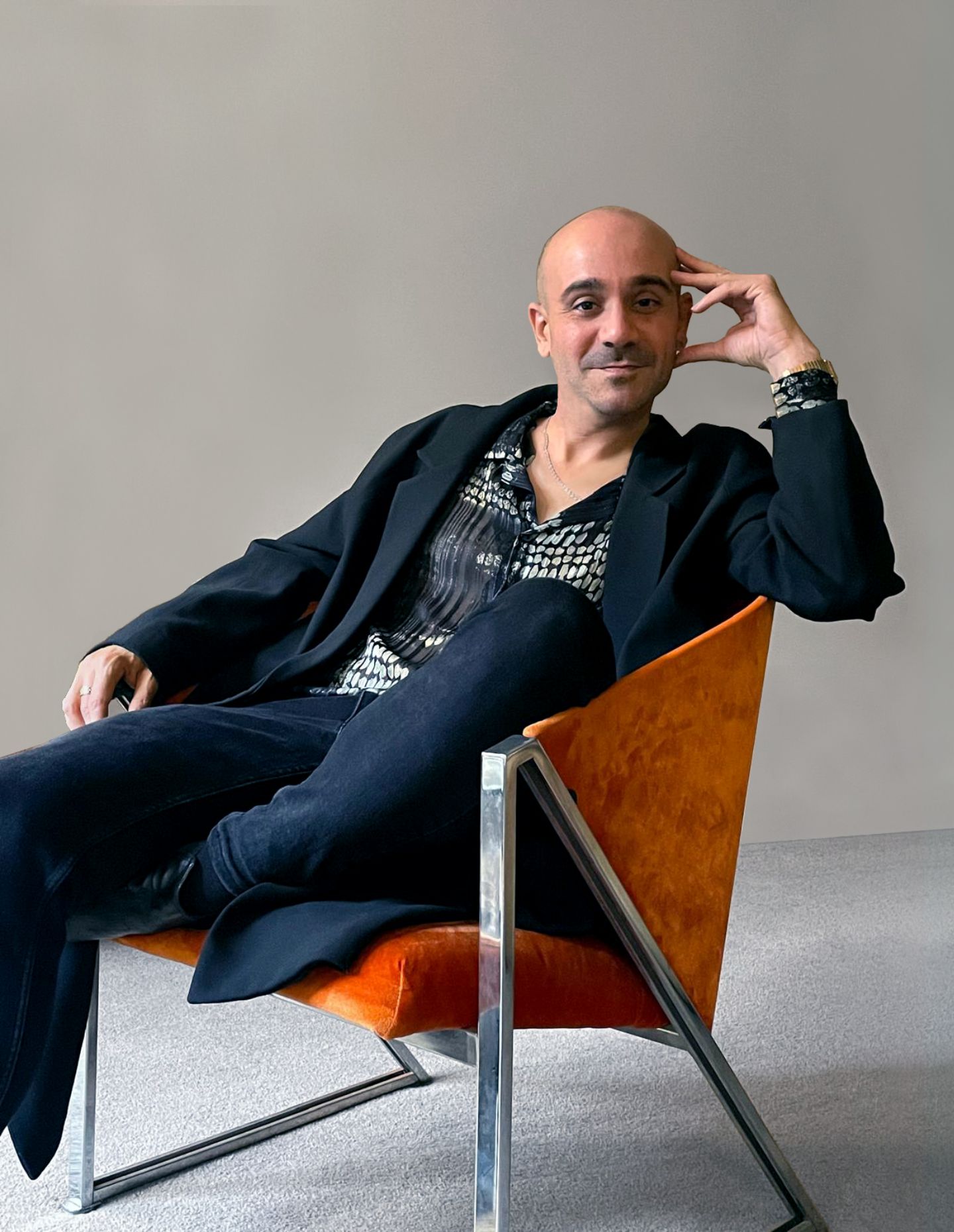
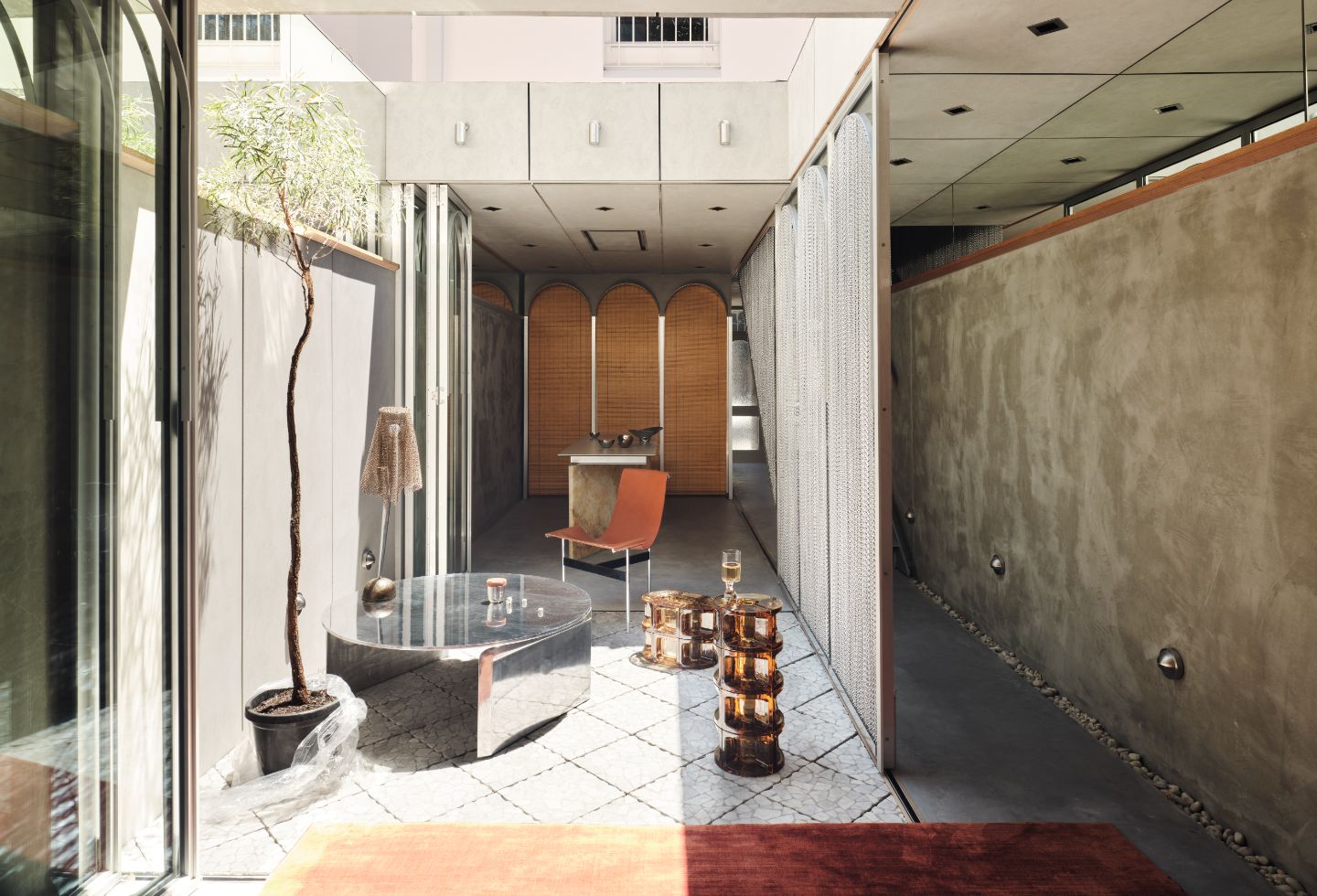
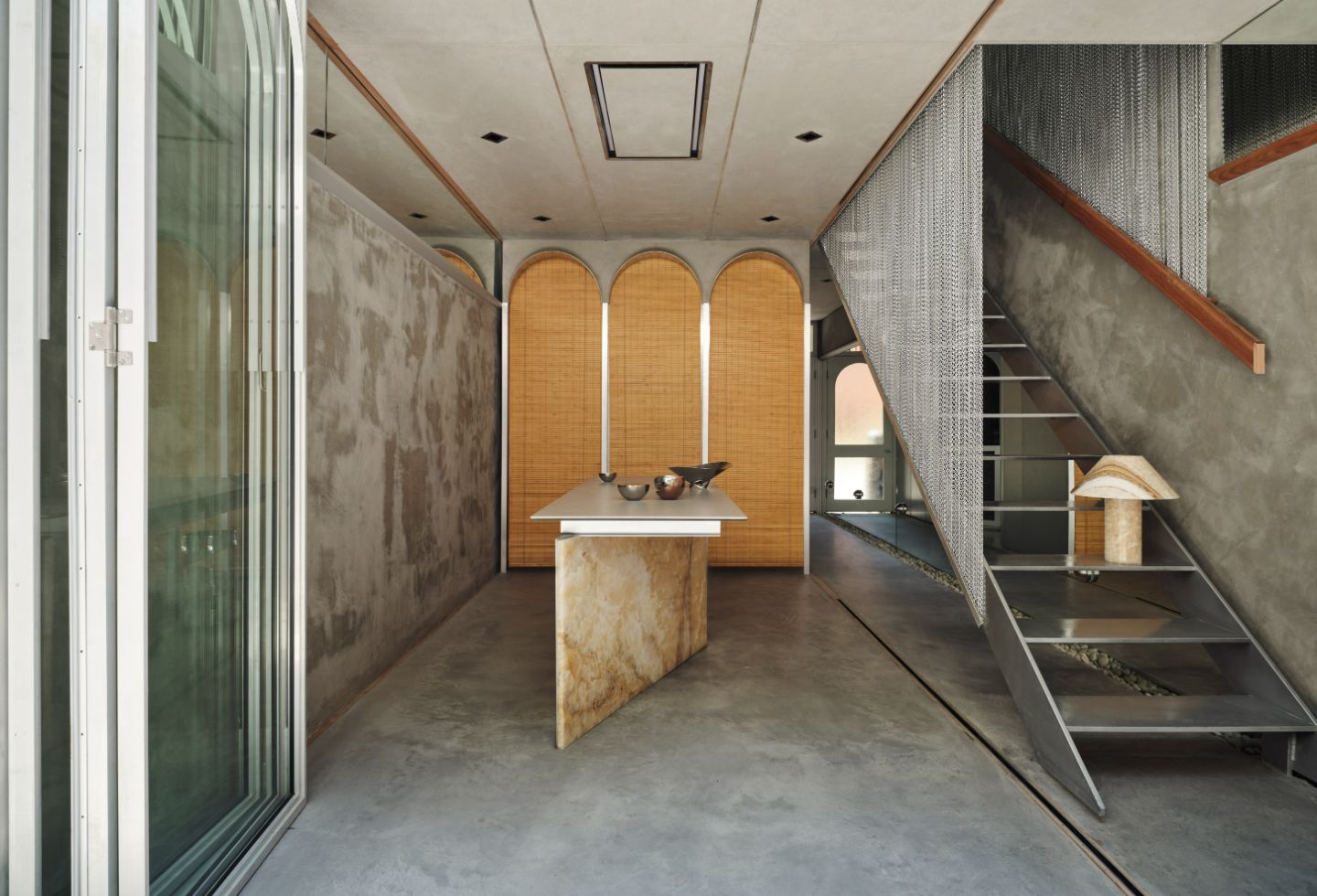
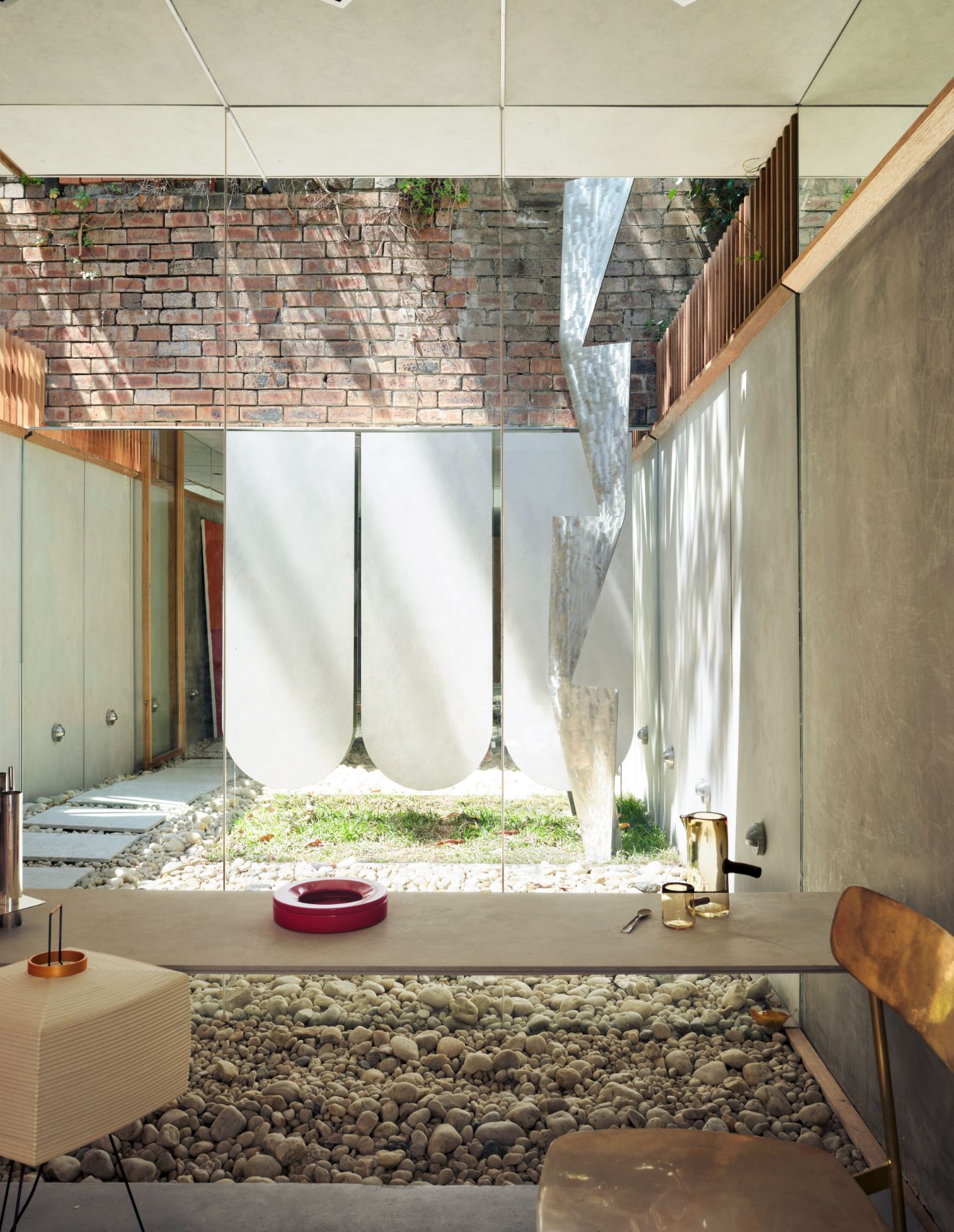
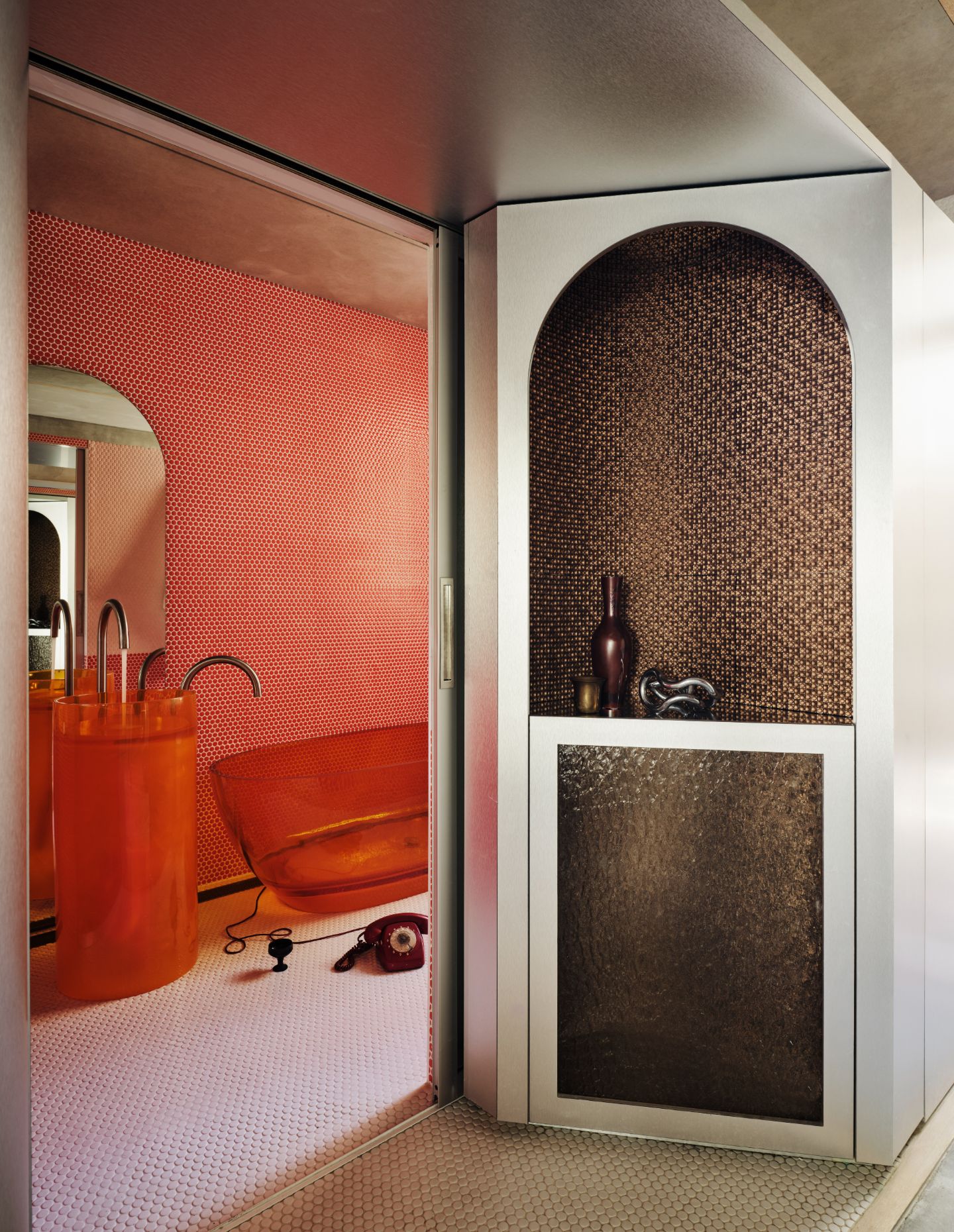
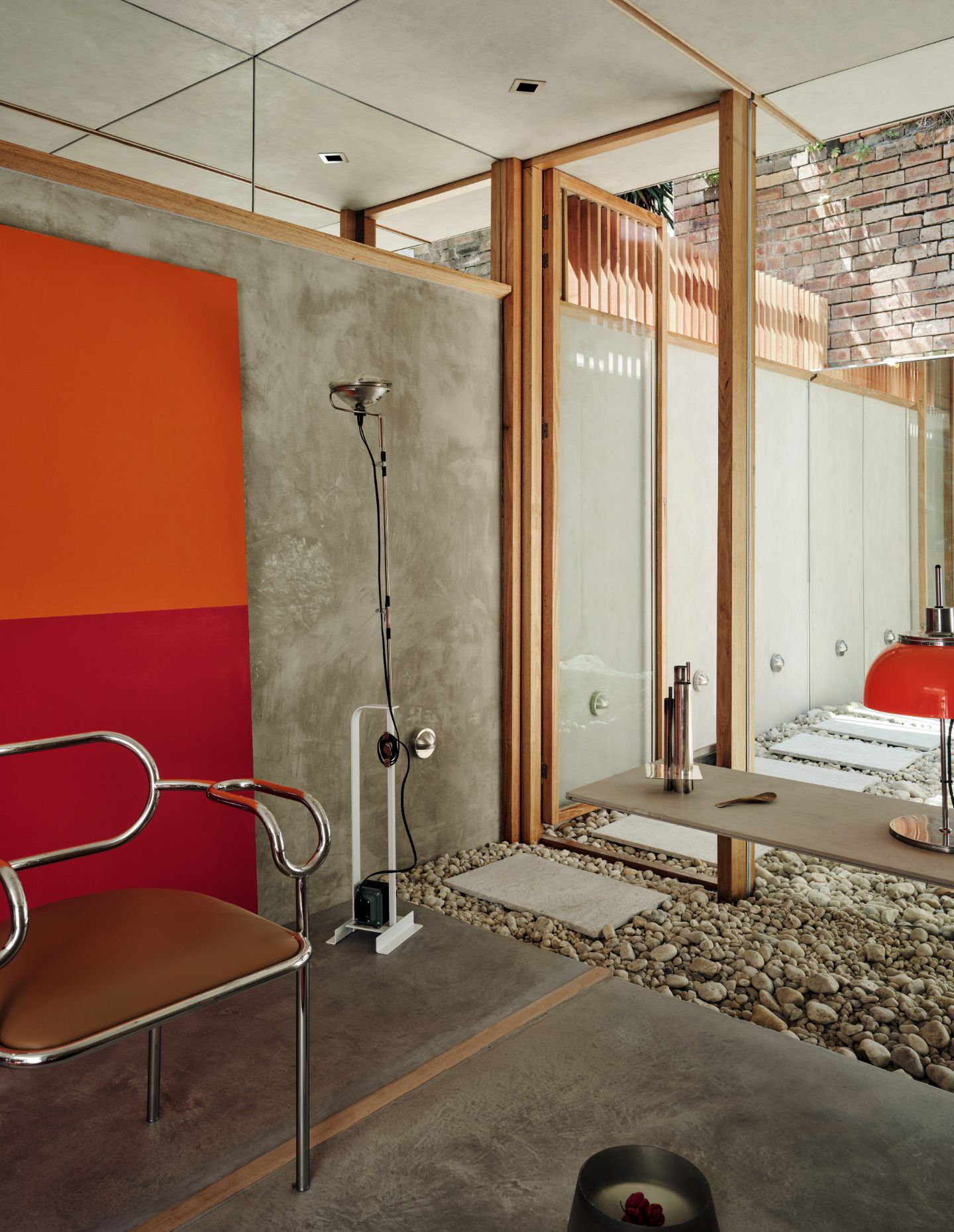
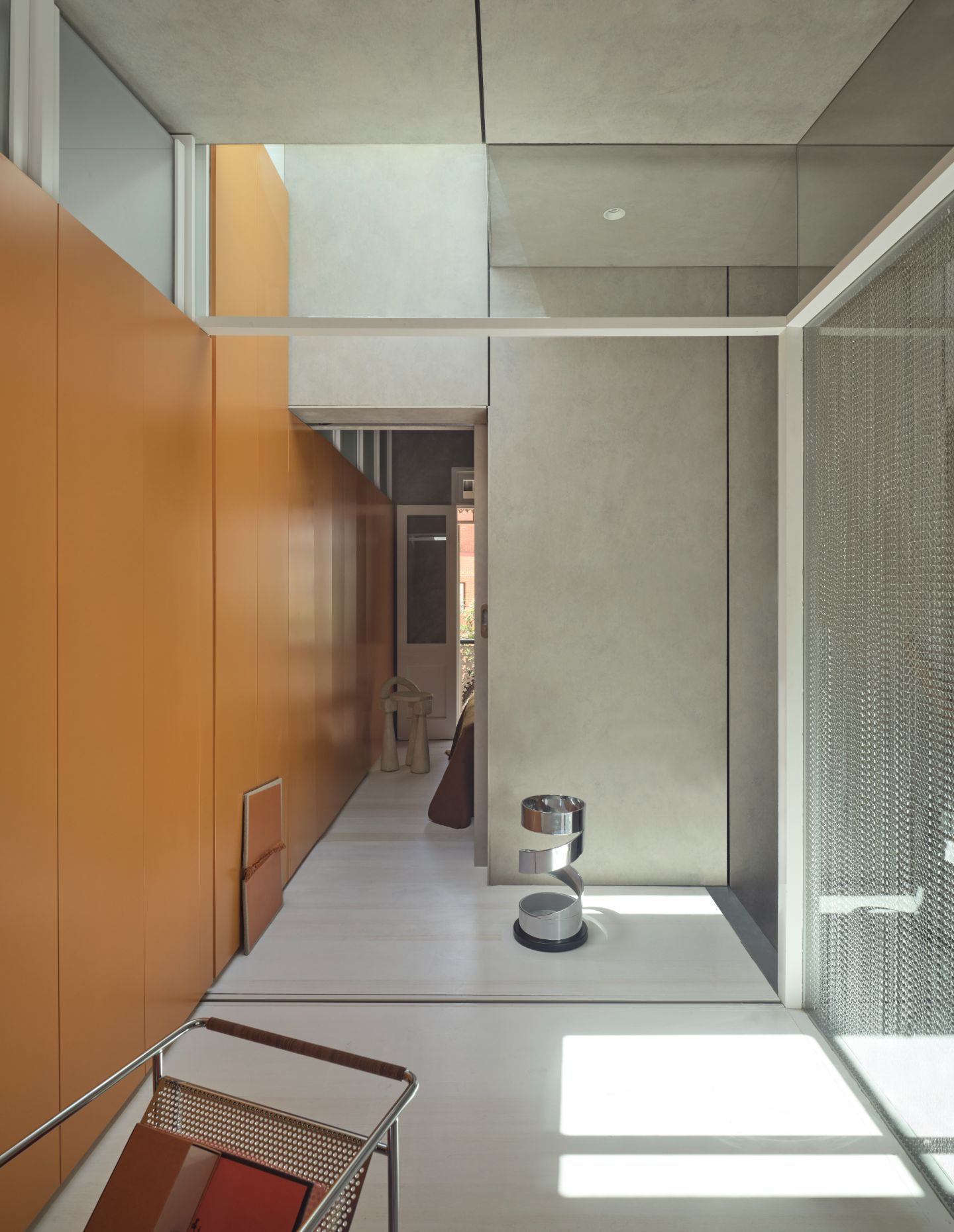
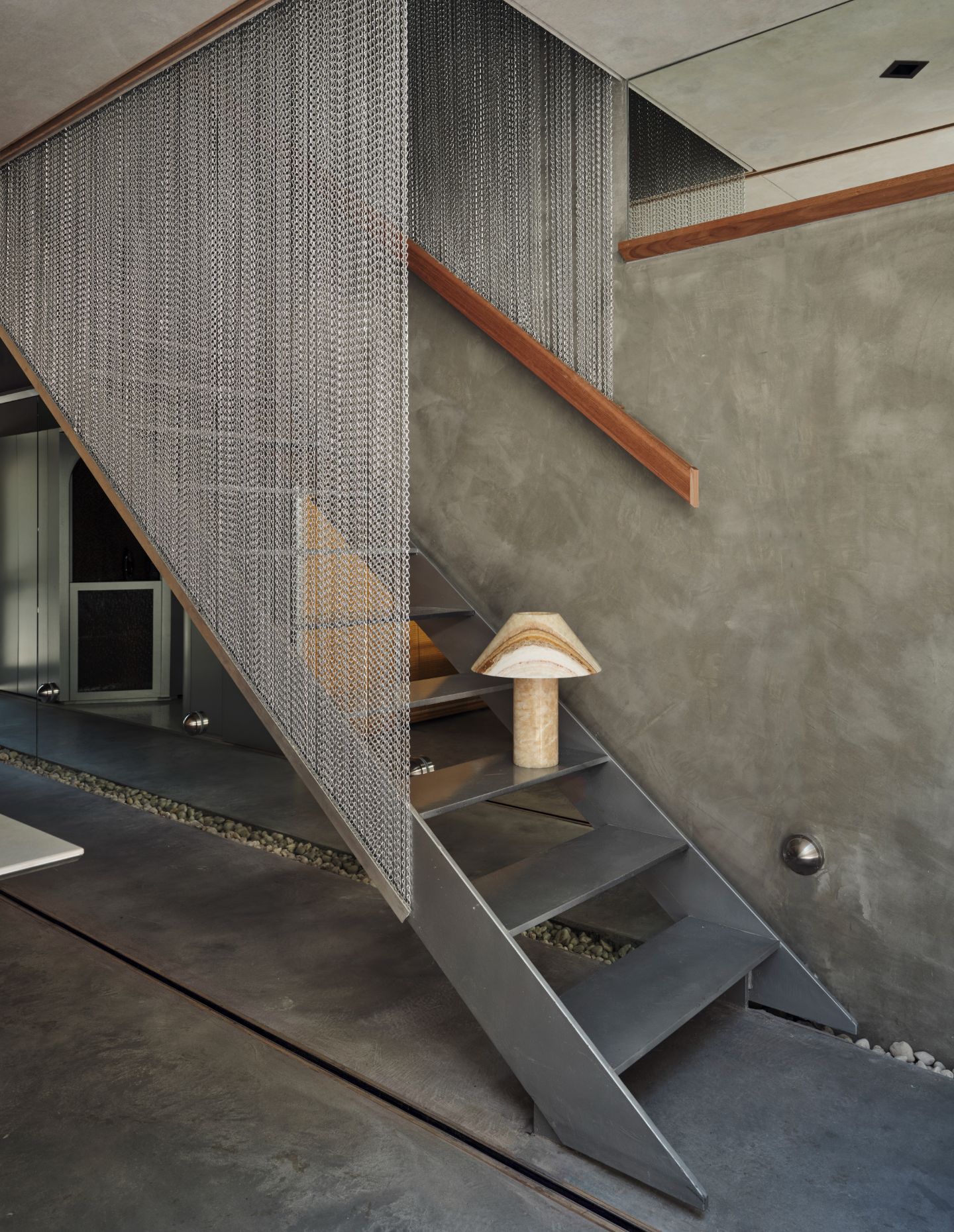
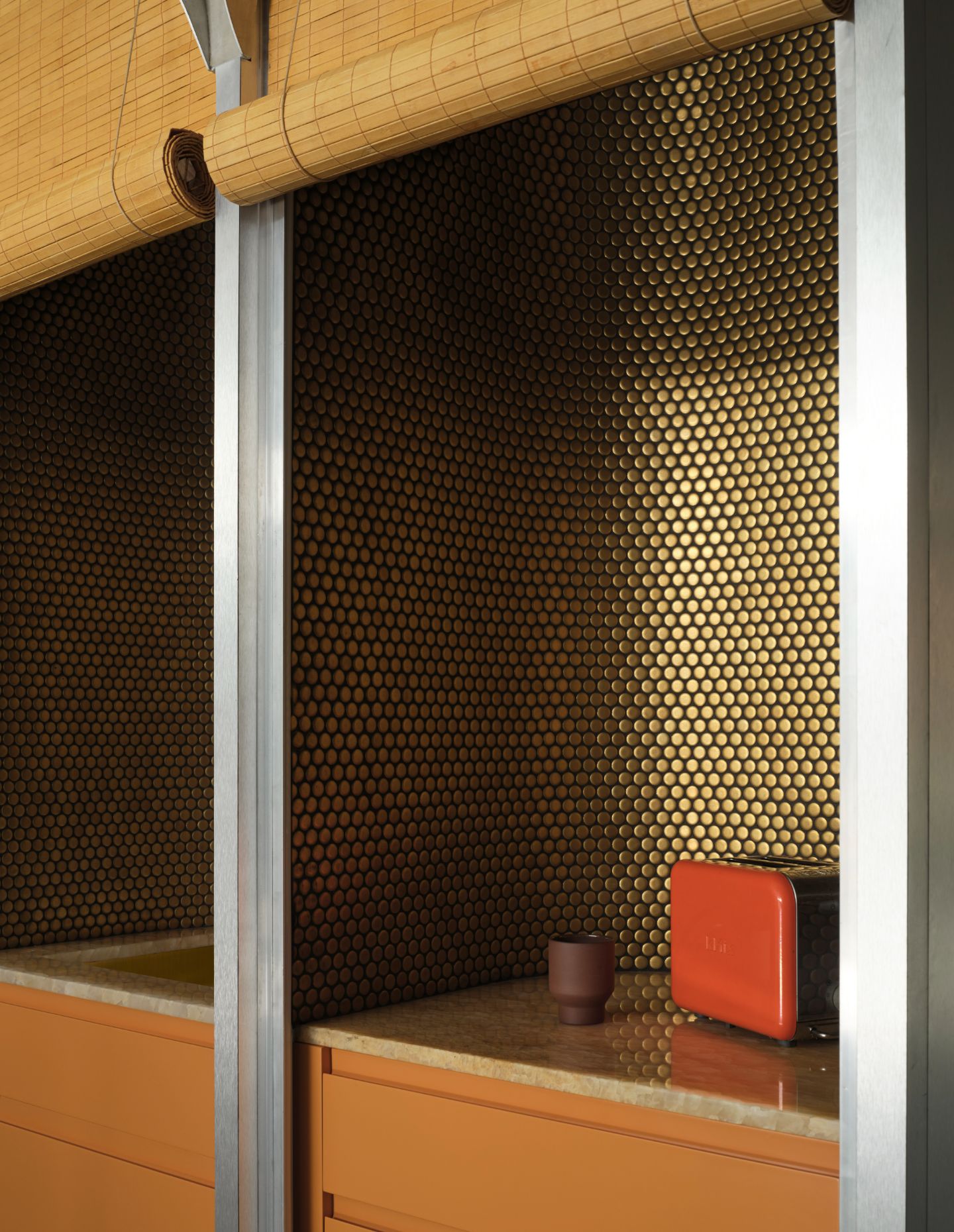
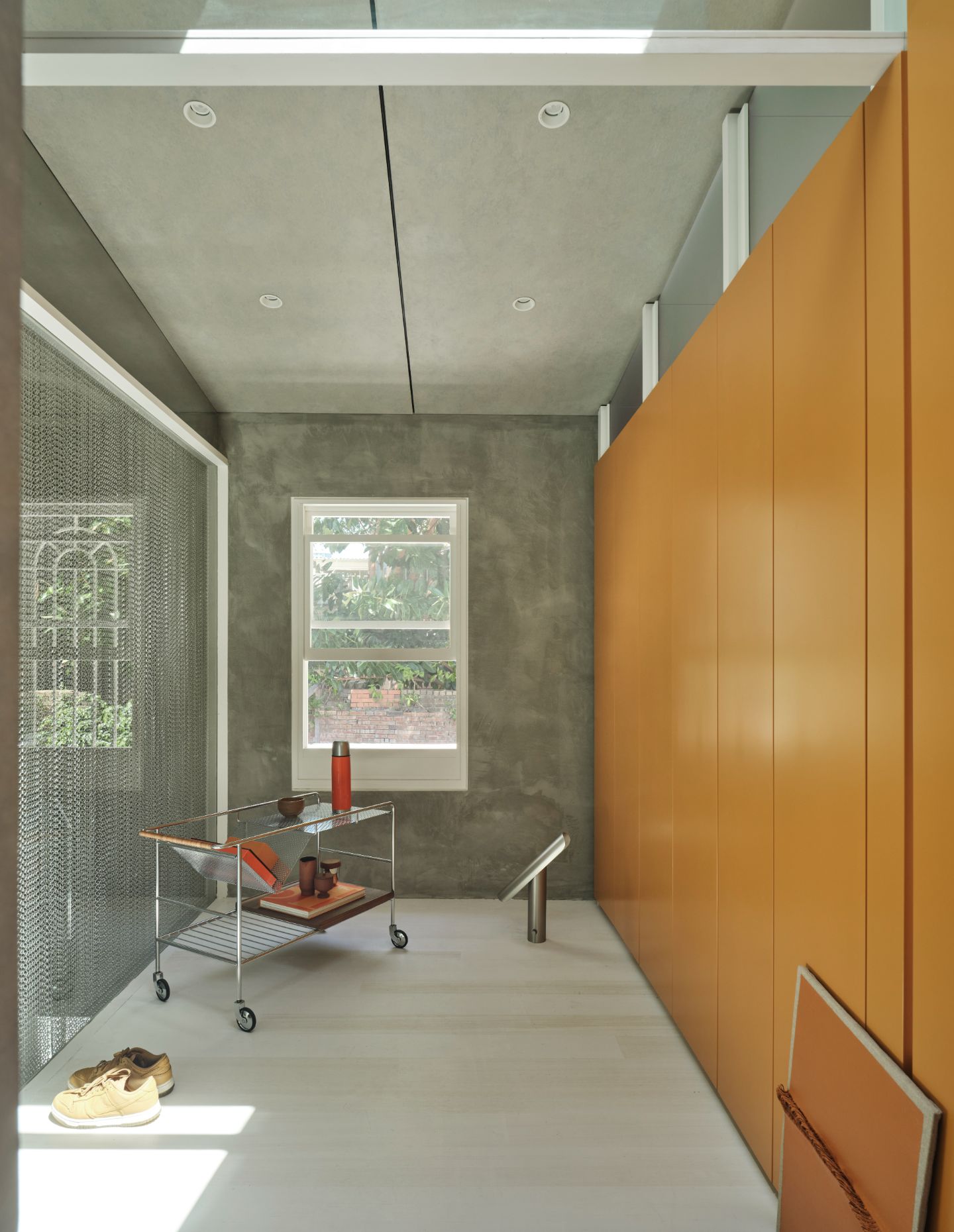
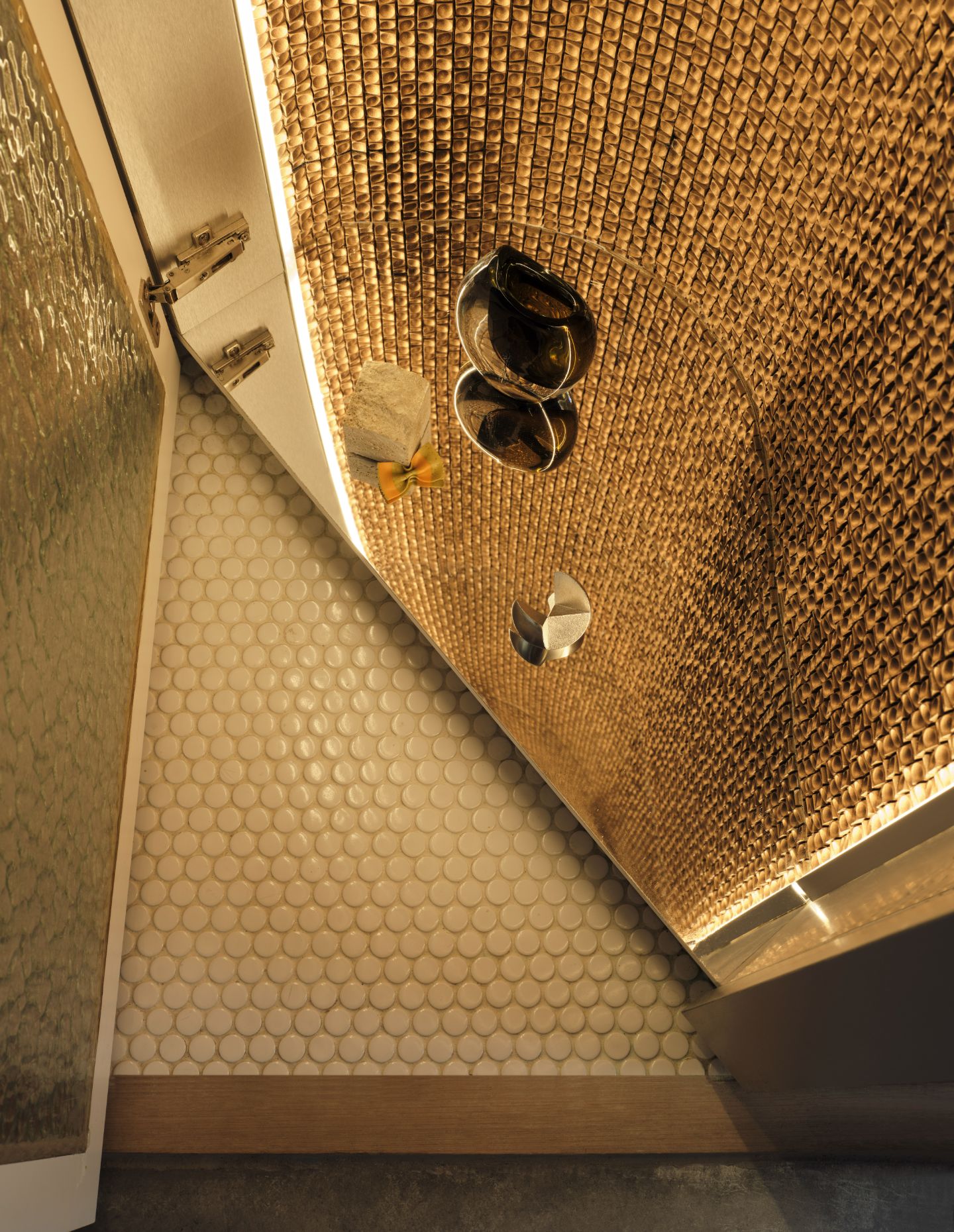
Next up: Proclamation House, another Winnings x Habitus House of the Year contender
